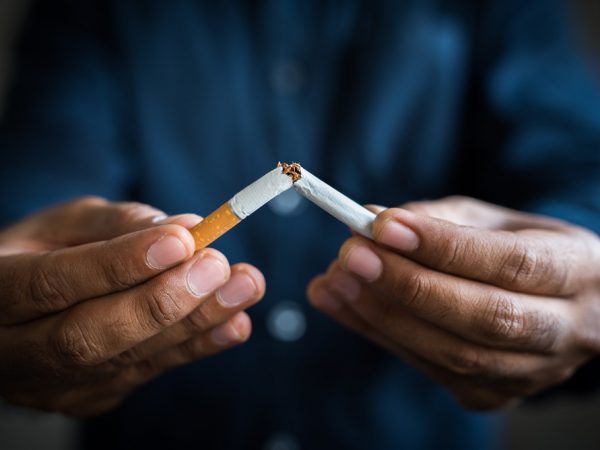Claire Fiddian-Green is the President & CEO of the Richard M. Fairbanks Foundation.
U.S. News & World Report recently issued its latest “Best States” rankings, and Indiana comes in at #33. Of the eight categories measured to calculate this ranking, Indiana’s outcomes in Health Care (#40) and Quality of Life (#48) are the biggest drag on our state’s performance.
When it comes to assessing our public health outcomes, Indiana fares worst on the following key metrics: infant mortality (#42), smoking (#41) and obesity (#40).
A closer look at the infant mortality rate shows that key drivers of infant mortality – defined as the death of a child under one year of age – are maternal smoking and alcohol consumption, and maternal obesity. In other words, if we can reduce Indiana’s high rates of smoking and obesity, we can positively impact our infant mortality ranking.
What can Indiana do to make rapid progress in addressing our unacceptably high infant mortality rate? One clear action step is to tackle our adult smoking rate, which – at 20.6% – is among the highest in the nation. Tobacco is the leading cause of disease and death, killing more than 11,000 Hoosiers each year. And tobacco has a high economic impact on our state. In fact, a recent report found that Hoosiers on Medicaid who smoke cost the state more than $500 million more each year than Hoosiers on Medicaid who don’t smoke.
The good news is there is a strong, high-quality evidence base that demonstrates the number one way to prevent new smokers from lighting up and encourage existing smokers to quit is to raise the price of cigarettes – i.e., to increase the tax on cigarettes. It’s simple: prices go up, and rates of smoking go down. Another emerging policy solution is to raise the legal minimum age to purchase tobacco products to 21, which places tobacco in the same category as alcohol. This policy is designed to address the reality that more than 90% of smokers start using tobacco by the age of 18.
We have both a moral and an economic imperative to address Indiana’s high infant mortality rate. We can start by taking proven steps to lower the high rate of tobacco use in Indiana.



